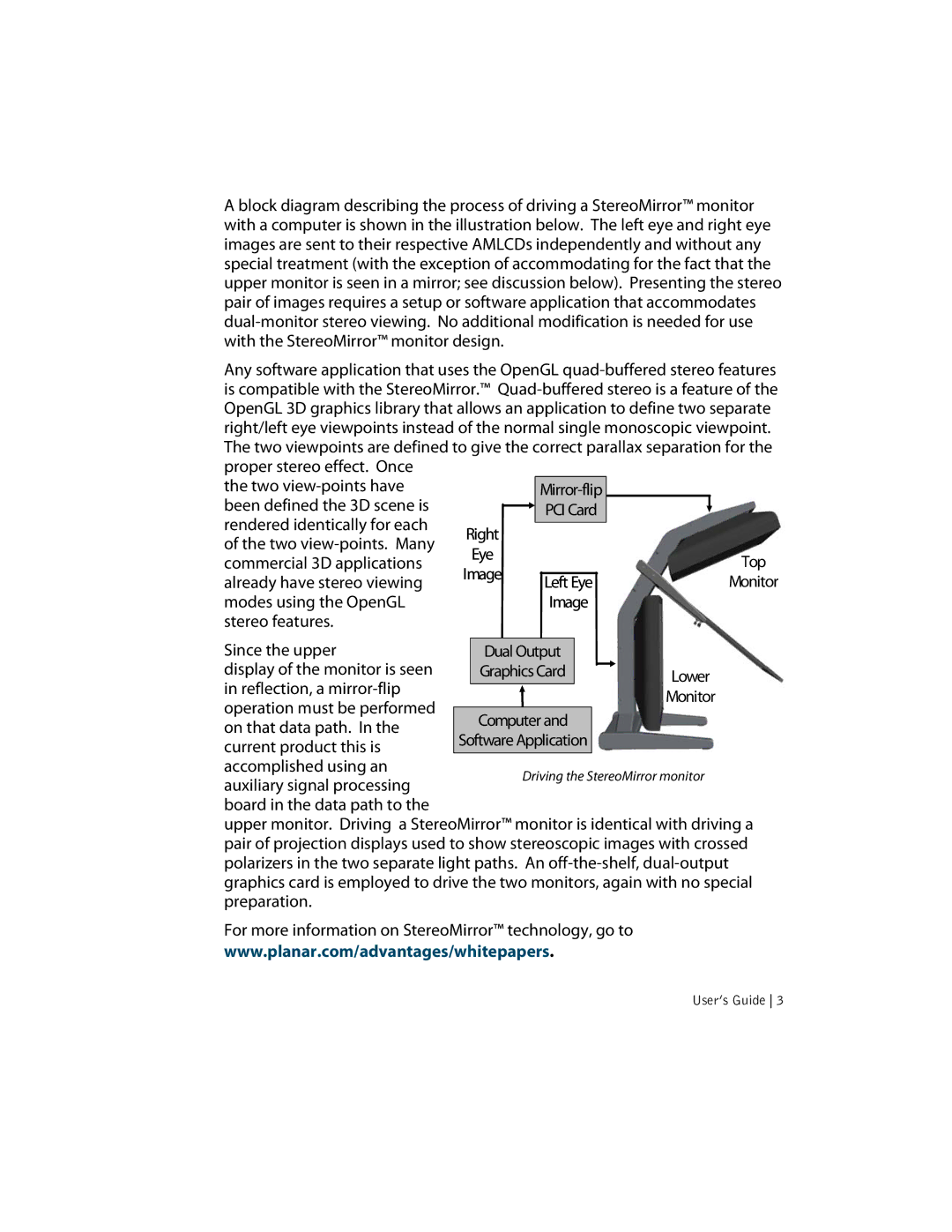sd2220w specifications
The Planar SD2220W is a premier digital display that is designed to provide exceptional performance and versatility in various environments, making it an ideal choice for businesses, educational institutions, and public spaces. This 22-inch widescreen LCD monitor is particularly known for its vibrant display quality and robust engineering, allowing it to perform reliably in demanding settings.One of the main features of the Planar SD2220W is its high resolution of 1680 x 1050 pixels, which ensures sharp and clear images. The display employs a 16:10 aspect ratio, offering more vertical screen space compared to traditional 16:9 monitors. This makes it particularly useful for applications that require multitasking, such as digital signage and interactive kiosks. The monitor's brightness level of up to 250 cd/m2 enhances visibility, making it suitable for both indoor and outdoor usage.
The SD2220W integrates advanced technologies that improve user experience. It features a wide viewing angle of 170 degrees both horizontally and vertically, which ensures that the content can be viewed from multiple positions without significant color distortion or loss of clarity. This is crucial in environments where large audiences need to view the display simultaneously.
Another notable characteristic of the Planar SD2220W is its versatility in connectivity options. The monitor comes equipped with various ports, including VGA, DVI-D, and HDMI, allowing users to connect a wide range of devices seamlessly. This flexibility enables easy integration into existing setups, whether in a conference room, classroom, or retail setting.
In terms of design, the Planar SD2220W boasts a sleek and professional appearance, with a thin bezel that minimizes distractions while maximizing screen real estate. Additionally, the monitor's energy-efficient design contributes to lower operational costs, making it an environmentally friendly choice for organizations looking to reduce their carbon footprint.
The durability of the Planar SD2220W is also notable, as it is built to withstand the rigors of continuous operation. This ensures that the display can be relied upon for long hours of use, making it suitable for critical applications where uptime is essential.
In conclusion, the Planar SD2220W is a feature-rich display that excels in performance, connectivity, and durability. Its advanced technologies and versatile applications make it a valuable asset for any organization looking to enhance their visual communication capabilities. Whether used for presentations, signage, or interactive platforms, the SD2220W stands out as a premier choice in the digital display market.

